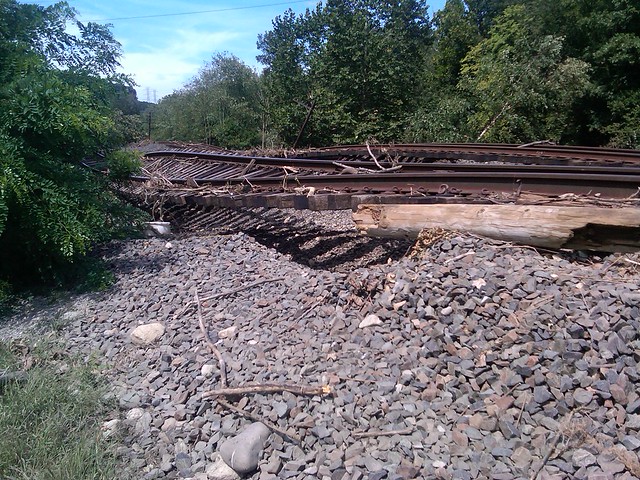With Jay Walder’s departure date just a few weeks away, Gov. Andrew Cuomo’s search committee is hard at work trying to find the next person brave enough to take on the role of MTA CEO and Chairman. Today, we find out a little bit more about the potential candidates under consideration. Courtesy of The Daily News, the list contains the following: Jeffrey Morales from Parsons Brinkerhoff, Tom Prendergast from NYC Transit, Helena Williams from the LIRR, Michael Burns of Santa Clara’s Valley Transportation Authority and Neil Peterson, a transit vet who founded a ZipCar predecessor.
Williams, a one-time interim MTA head, and Predergast are, of course familiar names around these parts, but I’m not too familiar with the other three. I’ll try to prepare some profiles of these potential candidates. Morales and Peterson both have experience with West Coast transit and transportation agencies, and Morales is a former higher-up from the Chicago Transit Authority. At the least, if one of these five is chosen, the next MTA head will have a pedigree of transportation and transit policy, and that’s a step in the right direction.




